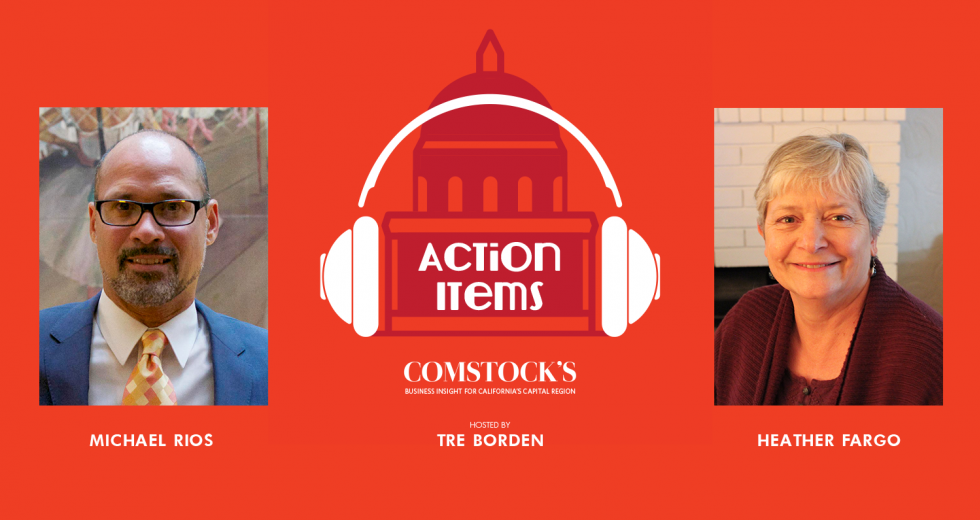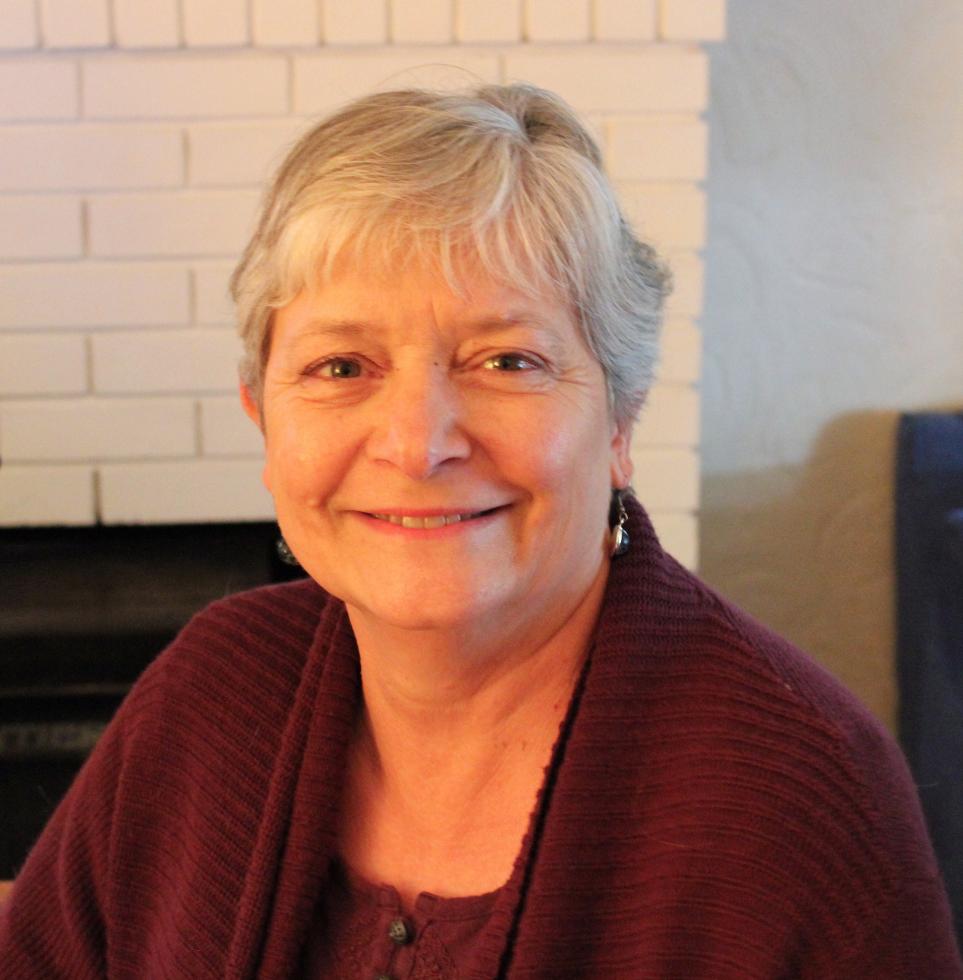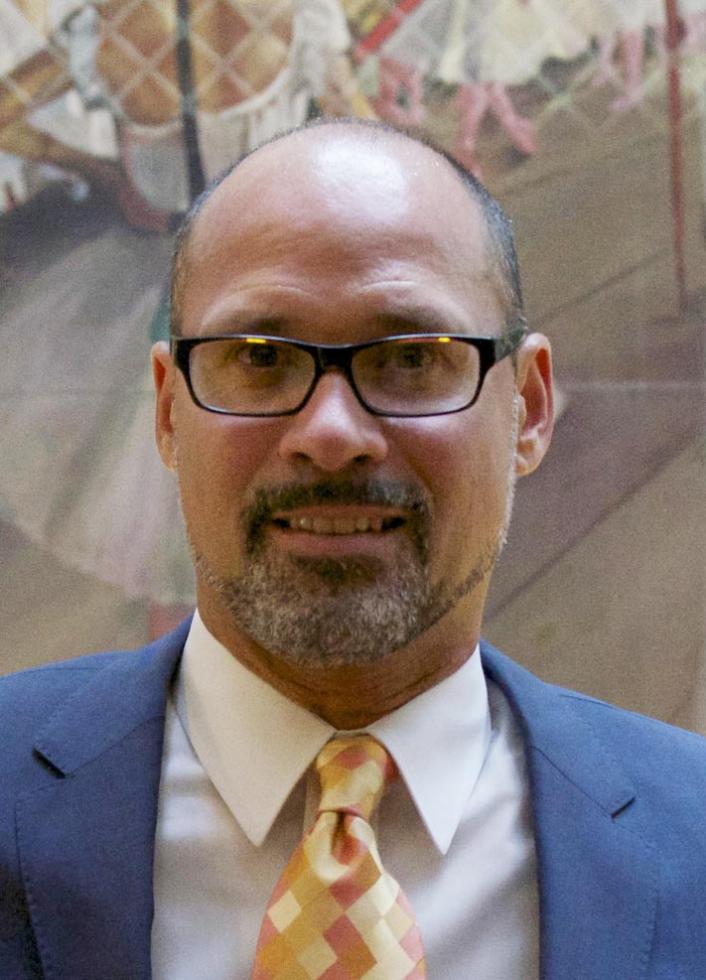For many adults who didn’t grow up using public transportation, getting them to do so now is an uphill battle, especially in a place like Sacramento where we lack a culture of transit use. But with the recent hire of Henry Li as CEO for Regional Transit, the Golden 1 Center inviting a new crowd to take light rail downtown and an ongoing interest in sustainable modes of traveling, the time has never been better for the Capital Region to prioritize public transportation.
But one of the main obstacles to first overcome is the negative view of Regional Transit held by some residents. “If you want to change behavior, you have to change perception,” says Michael Rios, an associate professor of urban design and community planning at UC Davis. Just how do we do that?
Related: A Clean Track Record
On this episode of Action Items, Rios joins former Sacramento Mayor Heather Fargo and host Tre Borden to discuss ways to increase ridership on, and community involvement around, public transportation.
How do we define regional transit?
Fargo describes regional transit as a countywide transit system that encompasses light rail, buses, paratransit and a series of stops and stations — and a Downtown/Riverfront Streetcar, anticipated to launch in 2020 and run between downtown Sacramento and West Sacramento. For Rios, the definition is broader: “I see it also as biking, walking, different modes of transportation that has a public aspect to it.” Our rivers, if utilized to move ferries, could also be part of this definition. There’s not a “one-size-fits-all transit solution,” Rios says. People need options.
Action Item: Leave your feedback for RT
Regional transit originally developed for the purpose of moving people from the suburbs to downtown for their state government jobs, Fargo says. We need to rethink this approach: looking at the whole picture of where people live and work, plus where they want to go. The system needs to be destination-based, and neighborhood to neighborhood, not just neighborhood to central city.
How do we make public transit work for all of us?
Beyond making transit more conducive to our daily lives, we have to make the light rail stations in particular places where people actually want to be. Why not activate them with liveliness and fun? Design an experience around the station with food trucks, coffee carts, music — like a public plaza. “Then it becomes more than just a single use,” Rios says. It becomes a space where even residents not interested in transit can gather together.
“The easiest place to do this is downtown but that’s the place that needs it least,” Fargo says. Instead we need to look to areas like Broadway or neighborhoods on the socioeconomic fringes that could use a boost in economic development with regional transit at the center; studies show that land values are actually higher around public transportation systems, Rios says. That’s something to capitalize on.
Got something to say on the topic? Tweet us @ActionItemsPod with the hashtag #TransitAction
Subscribe to Action Items on iTunes and Stitcher.
Recommended For You
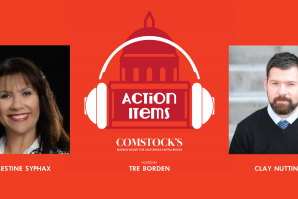
Action Items: Expanding Our Creative Capital
Clay Nutting and Celestine Syphax discuss collaboration between established and grassroots art institutions
On this episode of Action Items, arts entrepreneur and restaurateur Clay Nutting joins Celestine Syphax to discuss what the grassroots art movement can learn from institutional arts organizations in the Capital Region — and vice versa.

Action Items: Mind Your Own Political Business
Cassandra Pye and Josh Wood discuss how businesses can strategically take sides
On this episode of Action Items, communications strategist Cassandra Pye and Josh Wood, CEO of Region Business join host Tre Borden to discuss the fragile mixing of politics with business.
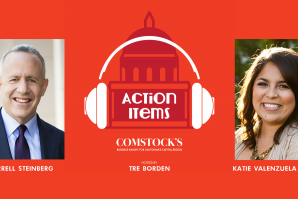
Action Items: Is There a ‘Right’ Way to Revitalize?
Mayor Darrell Steinberg and Sacramento Neighborhood Coalition
Co-Facilitator Katie Valenzuela Garcia on economic development
and neighborhood identity.
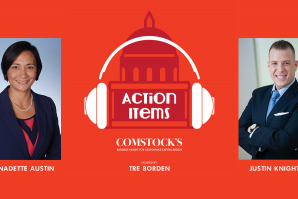
Action Items: Pilot
Justin Knighten and Bernadette Austin on how we can better prepare local leaders
Justin Knighten and Bernadette Austin speak with our host, Tre Borden, on how mentorship pushes the region forward. We talk about leadership transitions, diversity and inclusion, and hitting up potential mentors at the gym.



